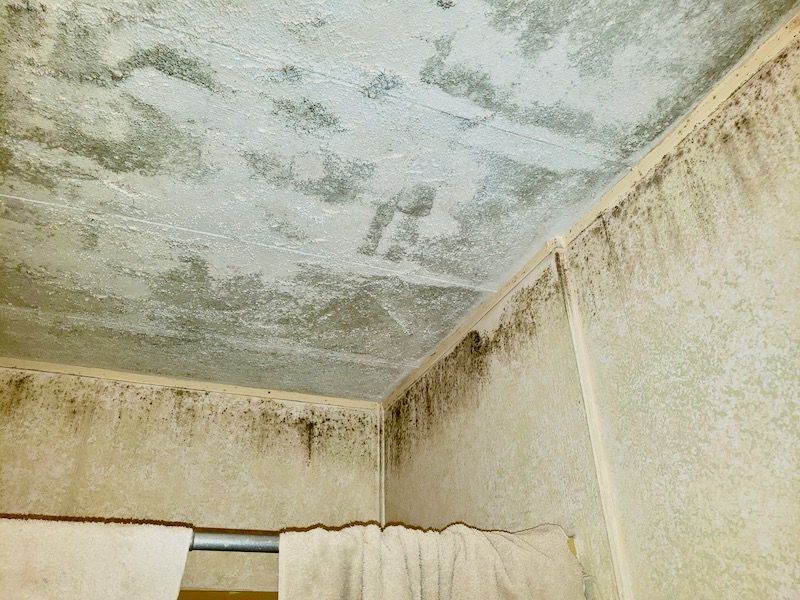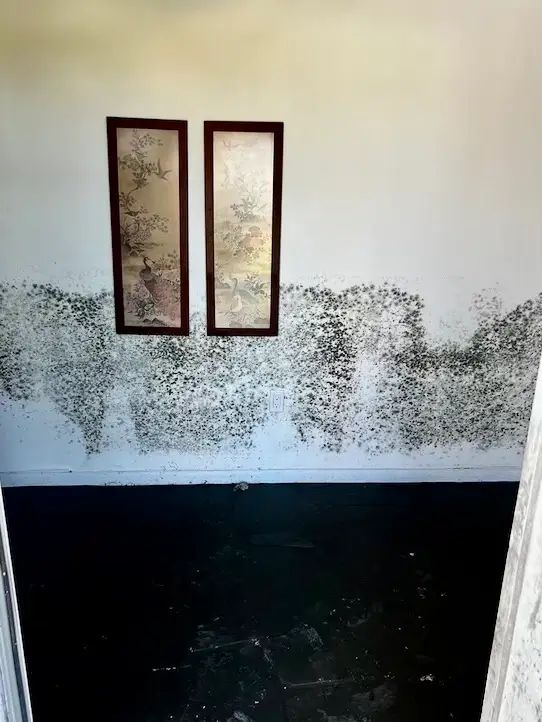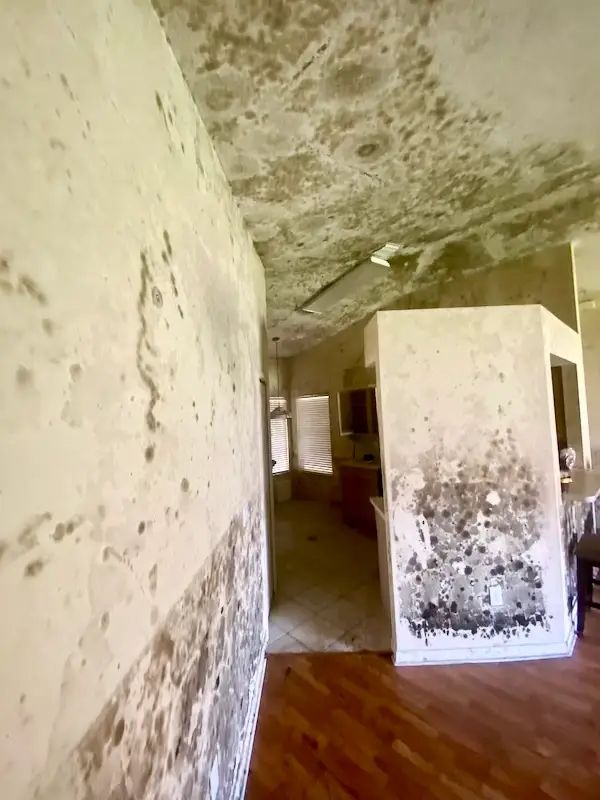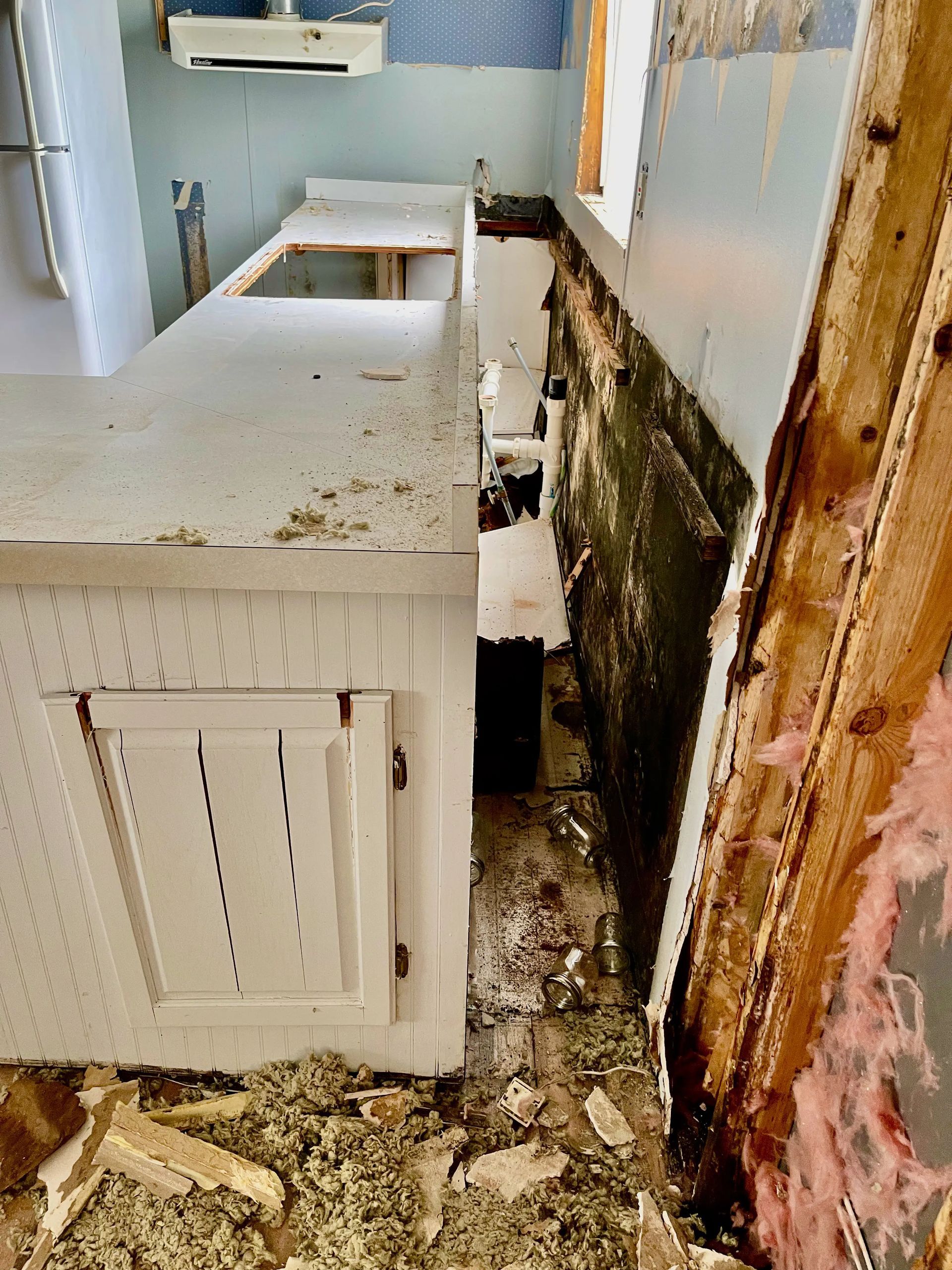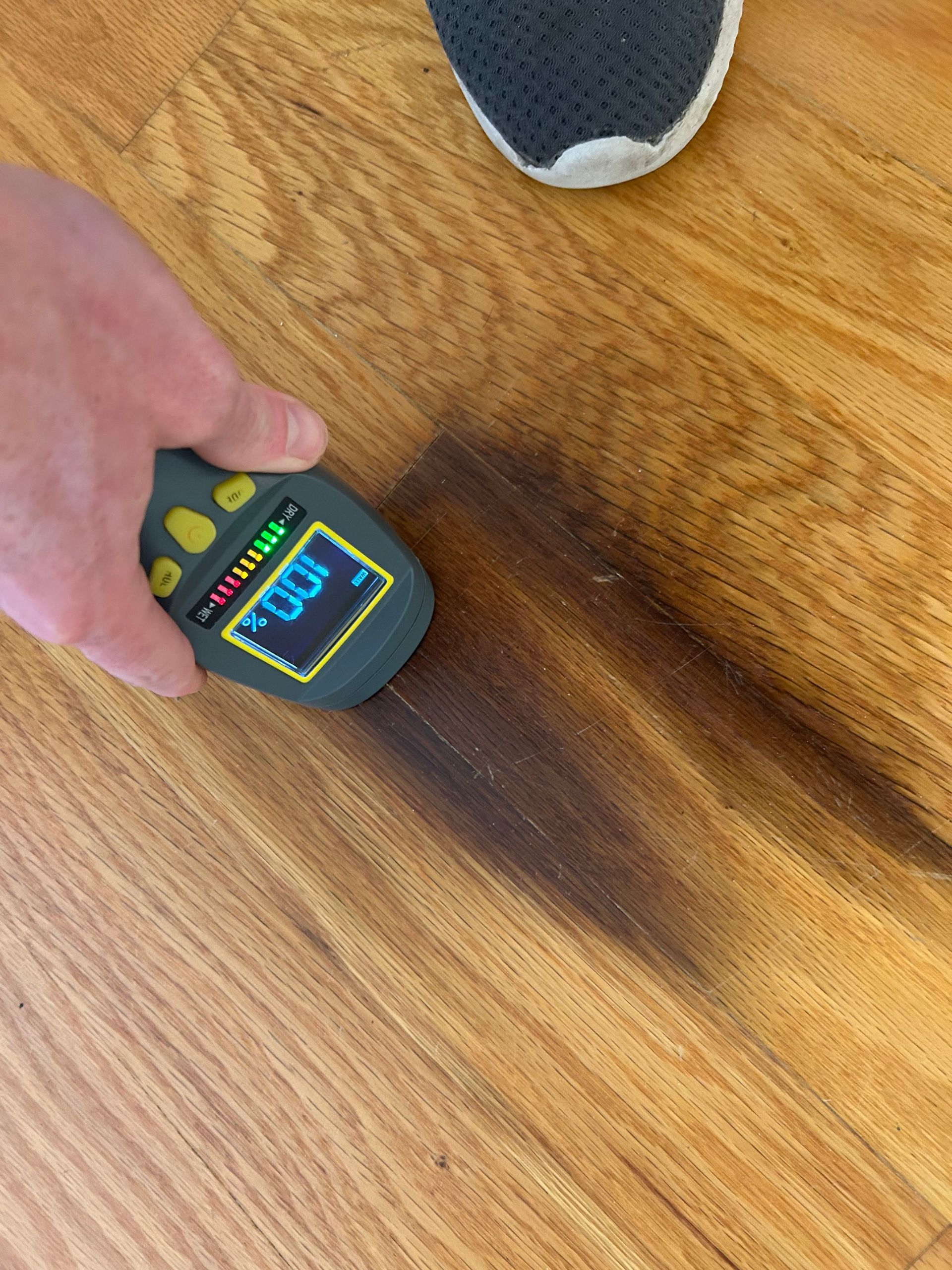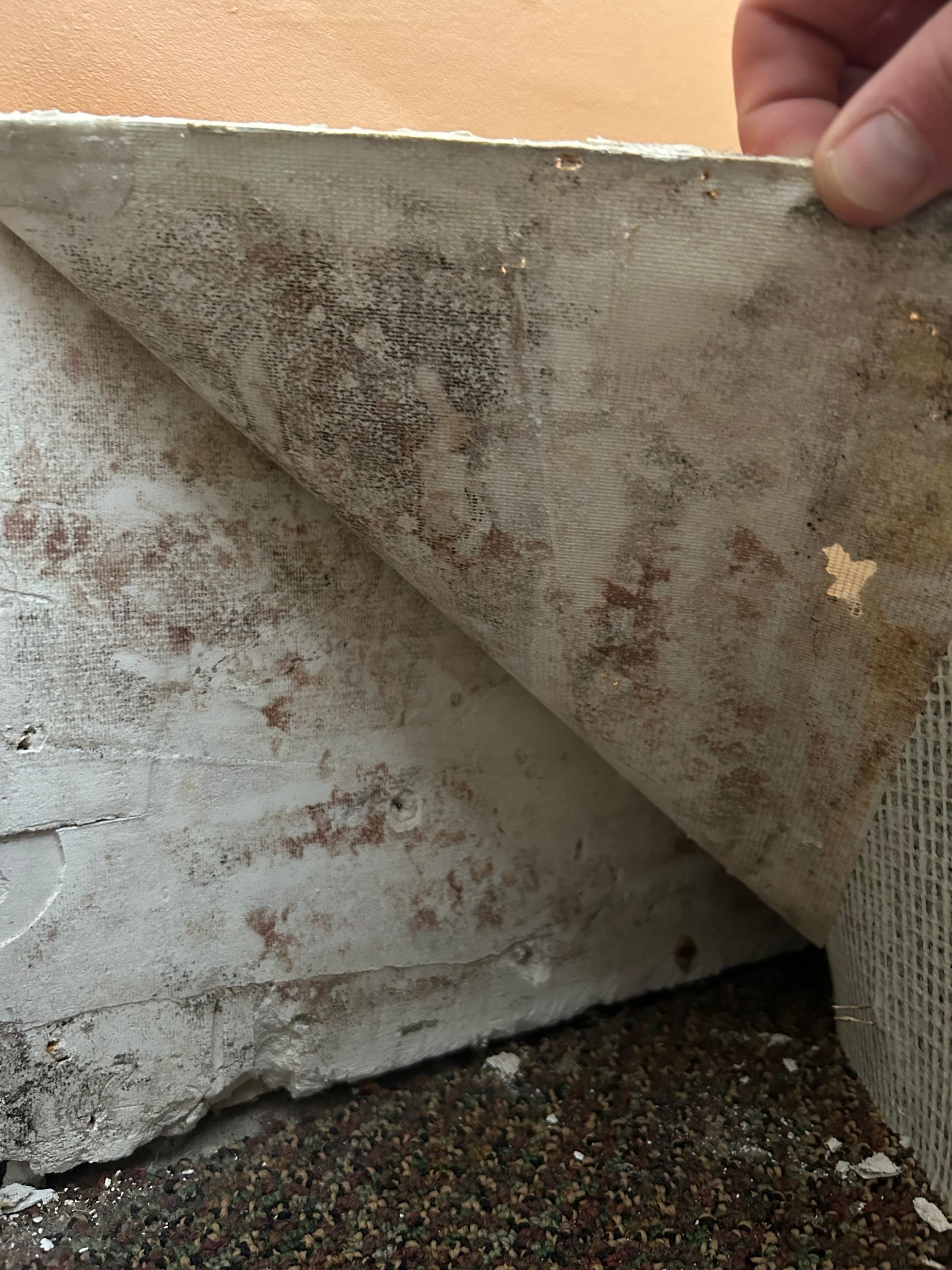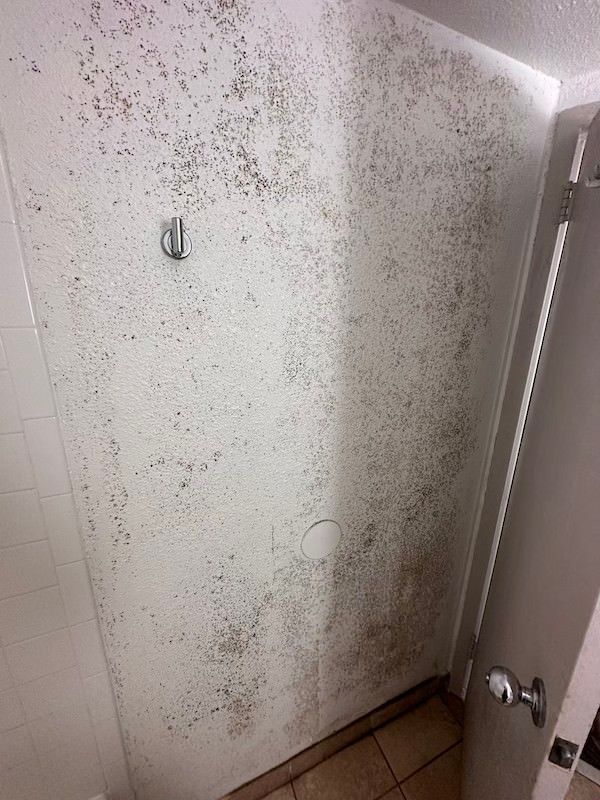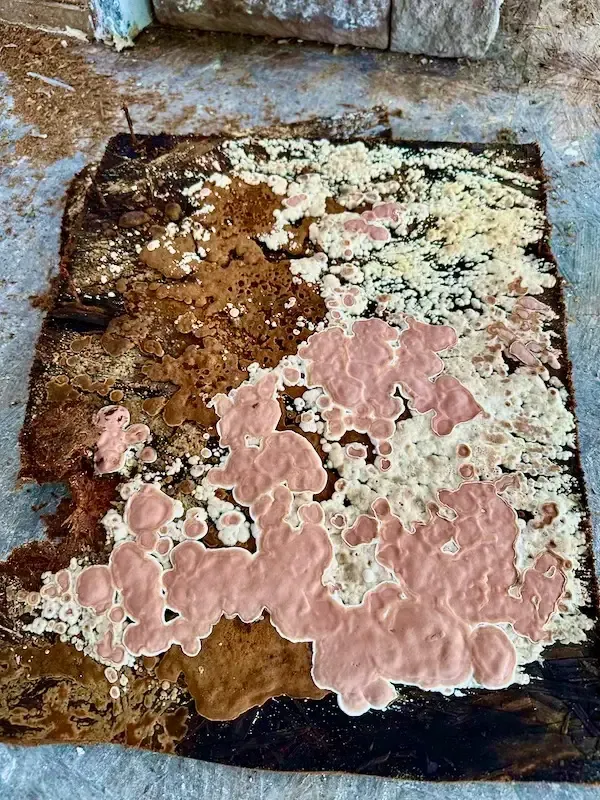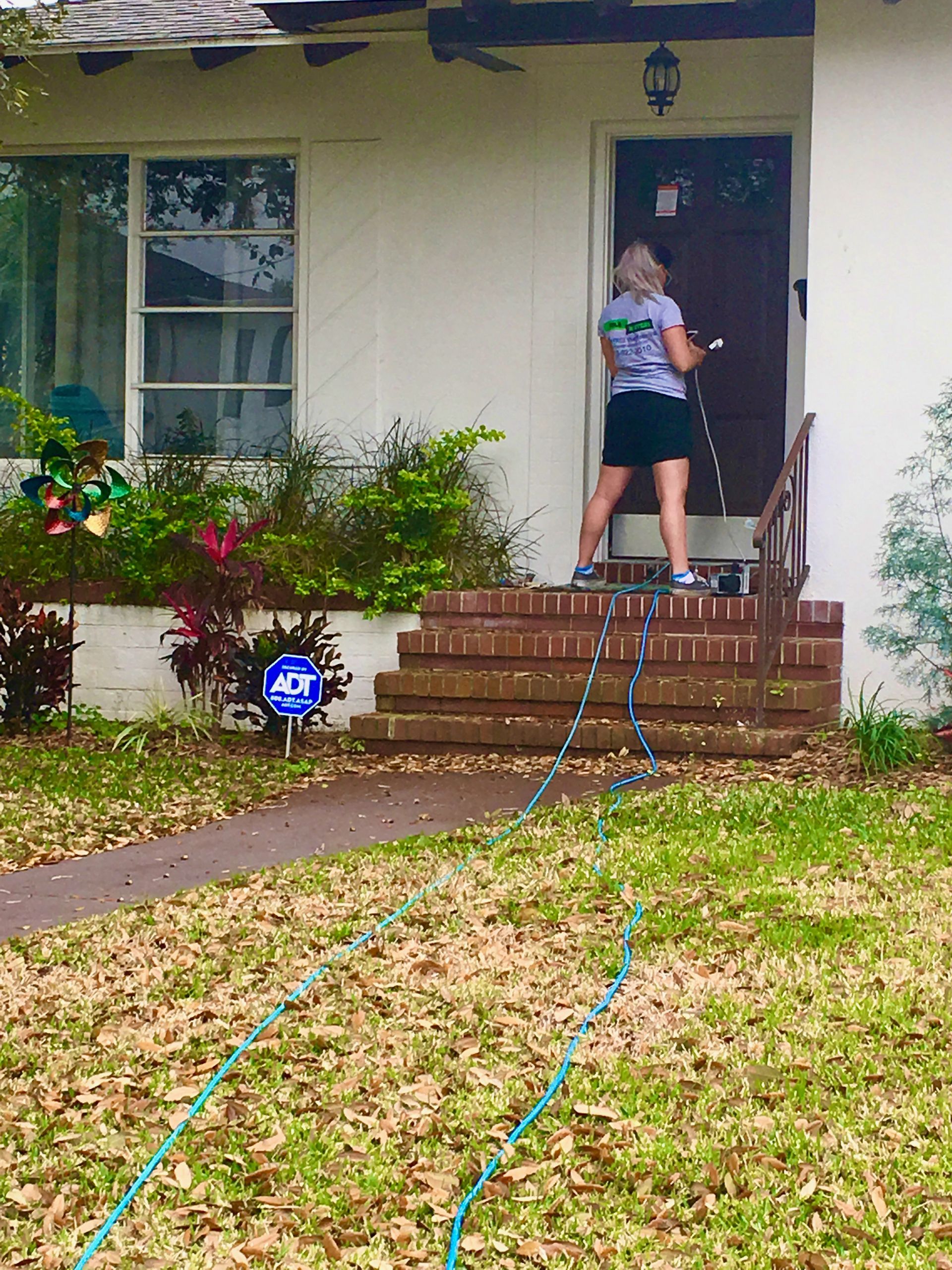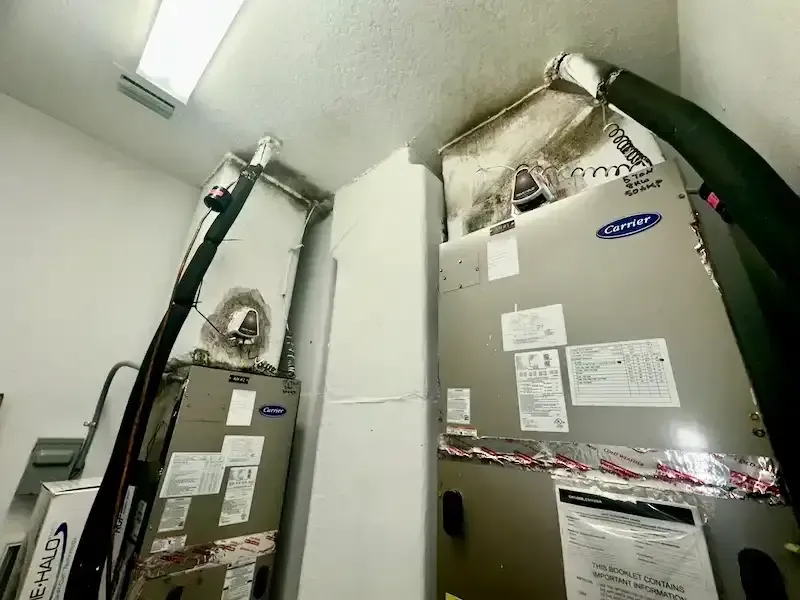Attics
Attics are also prime spot for mold growth because they are often hot and humid. Particularly during the summer months when temperatures inside attics can soar well above 100 degrees Fahrenheit. Just like bathrooms and showers, attics need proper ventilation (via open windows, ridge vents or exhaust fans) to prevent moisture buildup that could lead to black mold growth. If you have an attic, make sure it is ventilated properly and always check for any signs of water damage.
Crawl Spaces
Crawl spaces are often damp and humid, which provides an ideal environment for mold to grow. Regardless of the approach used, it is important to get rid of the mold as soon as possible to prevent it from spreading further throughout your home. Also, make sure your vapor barrier is intact. If it is missing or failing, it will allow moisture to come in to your home and will create further mold problems.
Areas With Recent Water Damage
One of the most common places for mold to grow is in areas that have recently suffered from water damage. If your home has been flooded or had storm damage that caused a roof leak, there is a good chance that mold has already started to grow. Building materials only have to be wet for more than 24 hours in order for mold to start going. Allowing those materials to stay conically wet will allow for black mold to start growing.
What to Do if You Suspect Mold in Your Home
Mold can cause a variety of health problems, including respiratory difficulties, skin irritation, and fatigue. If you have young children or elderly family members living in your home, they may be especially susceptible to the effects of mold. The best way to prevent mold growth is to keep your home clean and dry.
There are many different types of mold, and they can range in color. If you see any strange-looking growth or any water stains in your home it is important for to contact a licensed mold assessor to have it tested for mold. A professional will be able to properly assess the situation and determine the best course of action.
Call The Pros
At Mold Masters, we specialize in air quality testing, mold removal, and mold remediation. Our team of experts will come to your home, perform a full inspection of your home, and develop a plan for how to remove mold for good. We understand how scary it can be to find mold in your home, and we're here to help.
For more information, contact us online or call one of our Florida locations: North at
904-397-4030, Central at
813-606-6668, or South at
239-961-9995. Between our locations, we have multiple inspectors in the field near you to help you have peace of mind about the air quality in your home.

